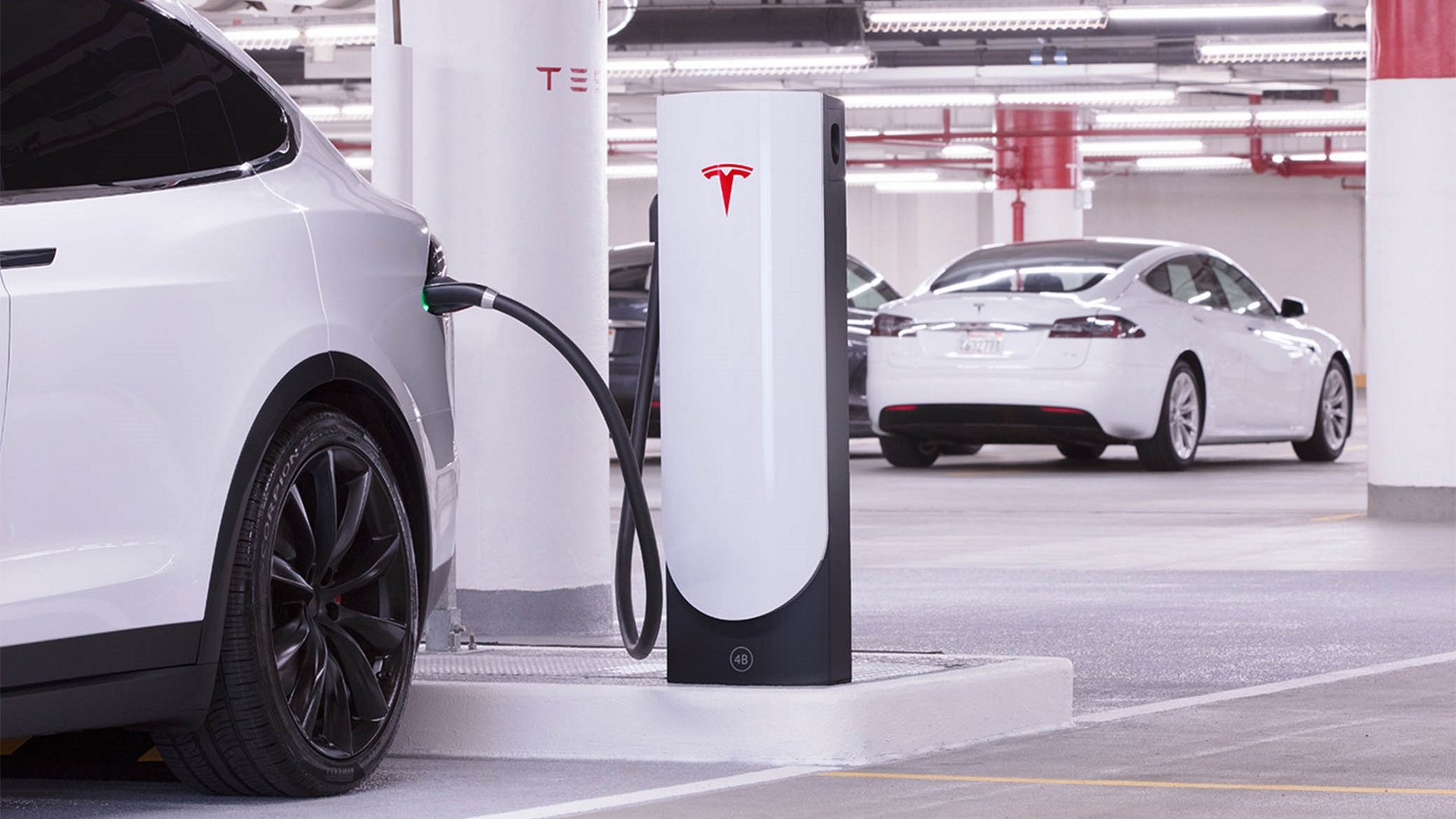

It’s been just over a year since Tesla announced that its supercharging network would no longer be a complimentary treat to its customers, and things have been pretty sound. Charging network growth has been seemingly steady, with fancy new supercharger gimmicks on the way to remind owners that it’s cool to use a Supercharger. As the network becomes more taxed, and more Teslas are on the road, the number of chargers will need to begin to grow incrementally in order to support the massive amount or pre-ordered and to-be-ordered Model 3s. With the need for growth, comes the need for revenue.
Originally reported by Electrek, the price hike is one of the company’s first since the launch of its newest pay model. While some states like California only experienced a per kilowatt-hour increase of 30 percent, other states more than doubled in cost. The new model does appear to have a much more linear and consistent approach to charging, bringing rates closer together with a variance of less than 8 percent per state.
- California increased from 20 cents to 26 cents per kWh
- Idaho increased from 12 cents to 23 cents
- New York increased from 19 cents to 24 cents per kWh
- Oregon increased from 12 cents to 24 cents per kWh
- Utah increased from 13 cents to 22 cents per kWh
- Washington increased from 11 cents to 25 cents per kWh
- West Virginia increased from 11 cents to 22 cents per kWh
Existing Model S and Model X owners grandfathered into the free supercharging appear to be unaffected, however new owners that have not been referred by another Tesla owner will need to begin using the new pay-per-charge model that went into effect in early 2017.
An updated list of pricing can be found on Tesla’s website.
Before people get up-in-arms about the price increase, it’s important to remember that the fast-charging networks across the world are not how electric cars are supposed to be charged. Continued use could prove to be expensive on the wallet due to increased costs at the charger, or even wear out charging components on the car to limit fast-charging all together. Specifically, the Supercharging network was designed to compliment long-distance travel. Tesla adds the network as a method of convenience for its customers, but continues to state that it is “committed to ensuring that Supercharger will never be a profit center.”
Eventually, inflation bites everybody. Charging at home (and sometimes at work) will likely remain to be the cheapest and most convenient option for many people who have a prolonged downtime with their vehicle. For others, one of Tesla’s upcoming restaurant-themed chargers might be the gimmick that gets them to ignore charging times. If Tesla uses the increased funds to help build its Supercharging network even further, it will set the company up for explosive growth to outplay open standards that are being implemented in other countries. A smart move by Tesla to ensure that its vehicles and chargers make up the majority of the electric vehicles on the road.